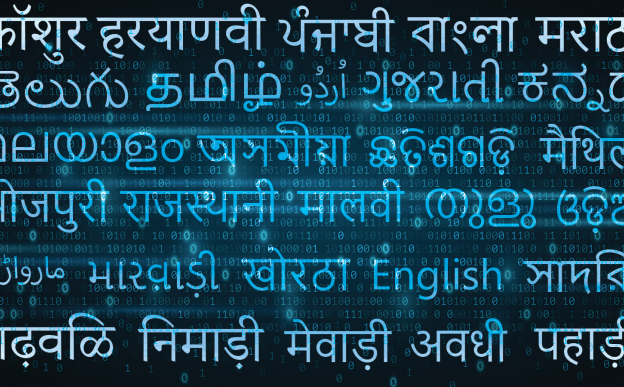Thunderstorms, coupled with torrential rains are a regular phenomenon in India. Each year, thunderstorms claim hundreds of lives and destroy crops and livestock worth crores of rupees. Although meteorologists predict them, it’s too late to warn the affected people to save the loss. Now, researchers have developed an accurate model to predict severe thunderstorms in the Indian Monsoon Region (IMR). By being able to accurately predict this weather phenomenon much in advance, we could save many lives, claim the researchers.
ఐఐటీ బాంబే, ఐఐటీ మద్రాస్ మరియు ఐఐఐటి హైదరాబాద్ పరిశోధకులు కలిసి ఆంగ్లం నుండి అనేక భారతీయ భాషలకు స్పీచ్-టు-స్పీచ్ యాంత్రిక అనువాదం (SSMT) వ్యవస్థను రూపొందించారు.
ముంబై/





